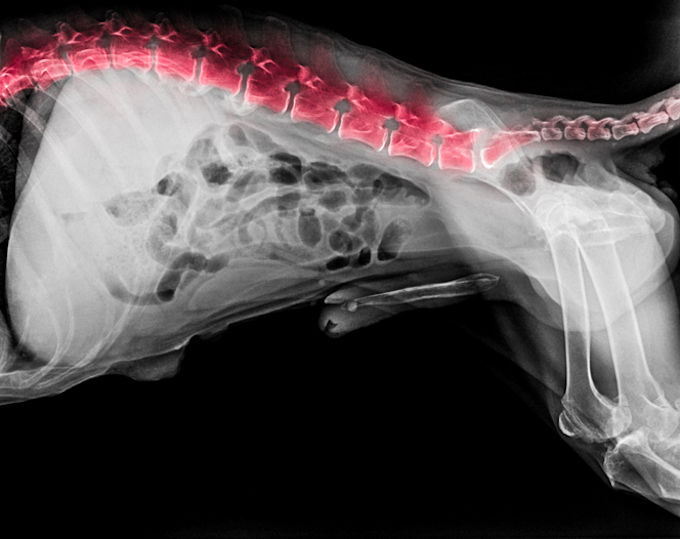Neck and back pain in dogs is a frequent condition. However, the condition can be hard to diagnose because your dog can’t explain where it hurts.
However, keeping a detailed list of your dog’s symptoms and any behavior changes can be key to treating the condition.
If you see the signs of the condition in your dog, then get to a veterinarian for a proper diagnosis and treatment.
Here’s what you should know about the symptoms, causes, and treatments for the condition.
Symptoms of Neck and Back Pain in Dogs
The condition produces a very wide range of symptoms. For example, some of the most common symptoms include:
- Holding head low
- Back arched
- Posture changes
- Fever
- Bruises on the back
- Problems turning the head
- Weakness
- Lack of coordination
- Difficulty getting up
- Lethargy
- Spasms
- Stiff neck
- Incontinence
- Low appetite
Causes of Neck and Back Pain in Dogs

The cause of the condition can be one of many things. For instance, some of the most common causes include:
- Trauma
- Degenerative lumbosacral stenosis
- Wounds from bites
- Dislocations
- Inflammatory problems
- Congenital malformations
- Infections
- Kidney problems
- Fractures
- Cervical intervertebral disc disease
Treatments for Neck and Back Pain in Dogs
Firstly, your vet will ask about your dog’s symptoms. Secondly, your vet will ask about any changes to their behavior. It can really help to keep a detailed list of your dog’s symptoms and behavior changes.
Thirdly, your vet will carry out a full physical examination. Blood and urine tests will be taken. Additionally, your dog’s spinal fluid will be analyzed.
Ultimately, X-rays, MRIs, and CT scans can help to definitively diagnose the condition.
Generally, treatment will target the underlying cause of the condition. For example, severe cases might need a stay in hospital. However, other cases might benefit from pain medication.
As always, if your vet prescribes your dog any medicine, make sure to stick to the correct dose and frequency instructions. Also, complete the full course of medicine.
While recovering at home it is important to provide your dog with a quiet and calm environment. Also, your dog’s exercise routine might need to be limited while they recover. Your vet can help formulate a safe exercise recovery plan for your dog.
Have you ever cared for a dog who suffered from this condition? How did your vet help your dog recover? Let us know in the comments section below.









